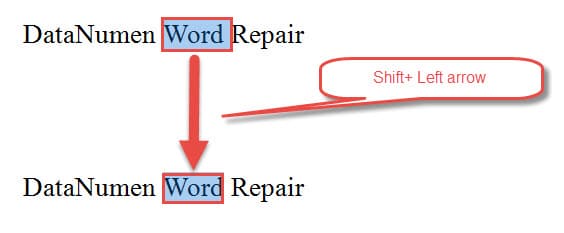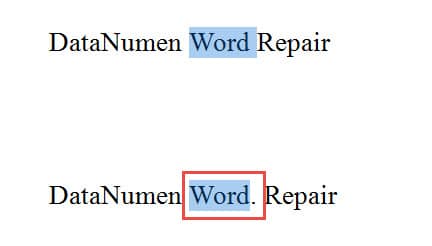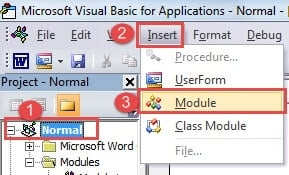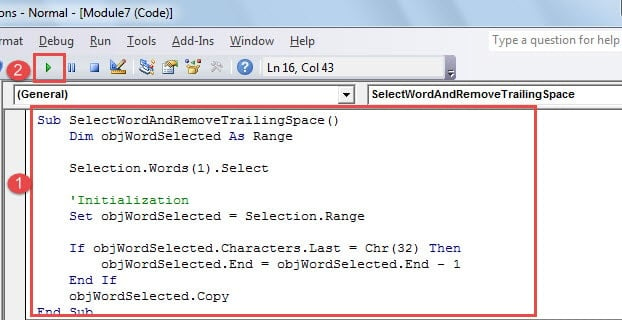In this post, we are happy to share with you 4 ways to unselect the trailing space while selecting a word by double click in Word.
The quickest and easiest way to have a word in selection is to double click on it. However, Word by default selects the trailing space after the target word for you as well. This feature can be annoying if you need to copy the word as a part of password.
Therefore, we find 4 methods to tackle this problem.
Method 1: Press “Shift+ Left arrow”
- First of all, double click to select a word and the trailing space is also in selection too.
- Then press “Shift+ Left arrow” to deselect the trailing space, such as below:

Method 2: Add a Punctuation Mark
We find that Word stops picking up the space after a word unless it’s followed with a punctuation mark. Thus, another way to get rid of the space while selecting a word is adding a punctuation mark after it.
Here is what it looks like:
Method 3: Press “Ctrl+ Shift+ Left arrow”
Besides method 1, there is another keyboard shortcut to select only a word.
- To begin with, position your cursor at the end of the target word, right after the last letter of the word.
- Next, press “Ctrl+ Shift+ Left arrow”. Then only the word is selected.
Method 4: Run a Macro
Like always, macro is such a magical thing which can save us plenty of time. This time, we will give you a macro to select the word before or after your insertion pointer and remove the trailing space at the same time.
- First and foremost, put your cursor properly. For example, in order to select the word before your insertion pointer, you should position it right next to the last letter of the word. While to select a word after insertion pointer, you need to place it right next to the first letter of the word.
- Secondly, click “Developer” tab and then the “Visual Basic” command to trigger Word VBA editor. Or just take the keyboard shortcut combination of “Alt+ F11”.
- Thirdly, click “Normal” then “Insert”.
- Click on “Module”.
- Then double click on the new module to open the coding area.
- Paste the following codes there:
'The macro is used to select a word without double click and eliminate the trailing space meanwhile.
Sub SelectWordAndRemoveTrailingSpace()
Dim objWordSelected As Range
Selection.Words(1).Select
'Initialization
Set objWordSelected = Selection.Range
If objWordSelected.Characters.Last = Chr(32) Then
objWordSelected.End = objWordSelected.End - 1
End If
objWordSelected.Copy
End Sub
- Click “Run”.
Safeguard Your Data Integrity
With frequent use of Word, it’s hard to imagine it never collapse. As a matter of fact, it stops working from time to time. All these unusual shut downs show us how important to keep a backup of Word file. Sadly, few people can execute their backup plan on time. Therefore, it seems to get a corrupt Word file recovery tool may be of a great help.
Author Introduction:
Vera Chen is a data recovery expert in DataNumen, Inc., which is the world leader in data recovery technologies, including Excel file corruption fix tool and pdf repair software products. For more information visit www.datanumen.com




